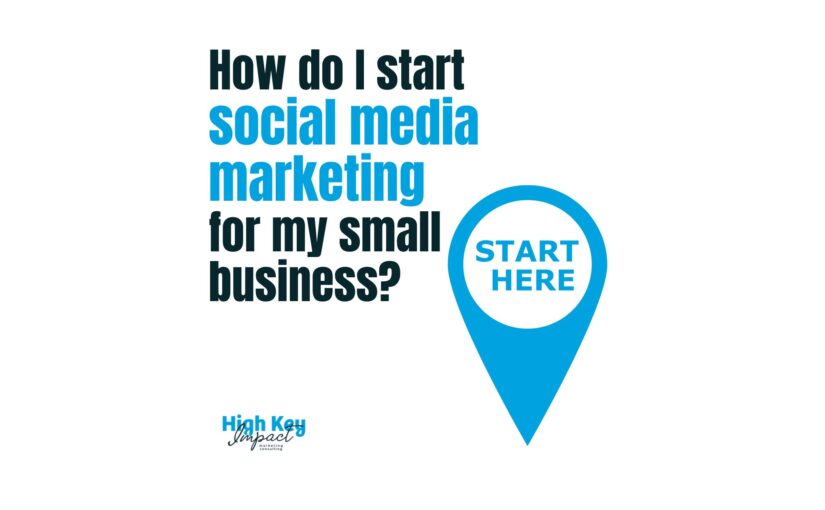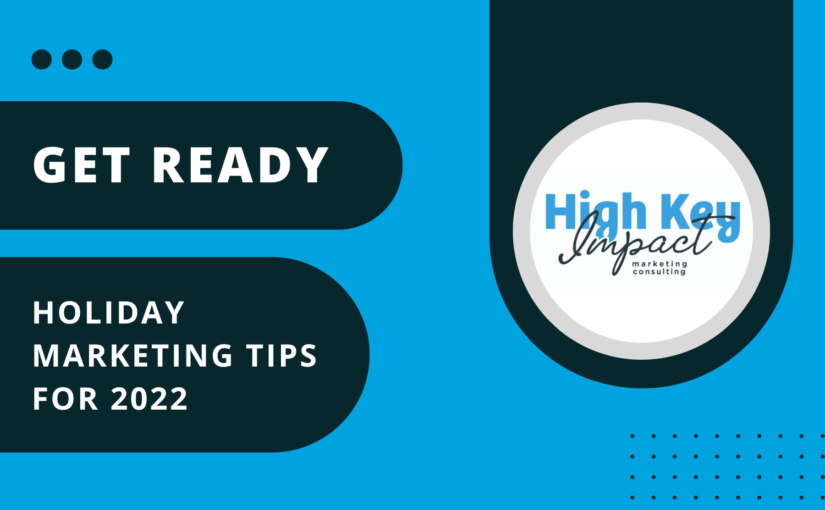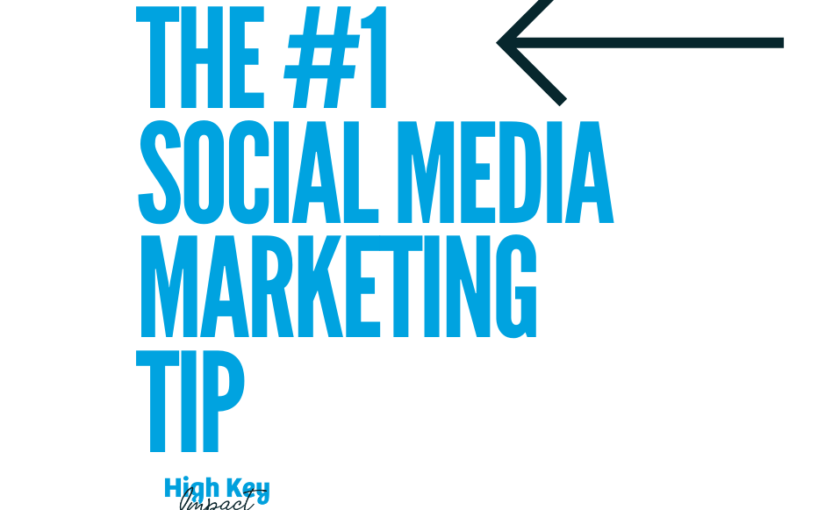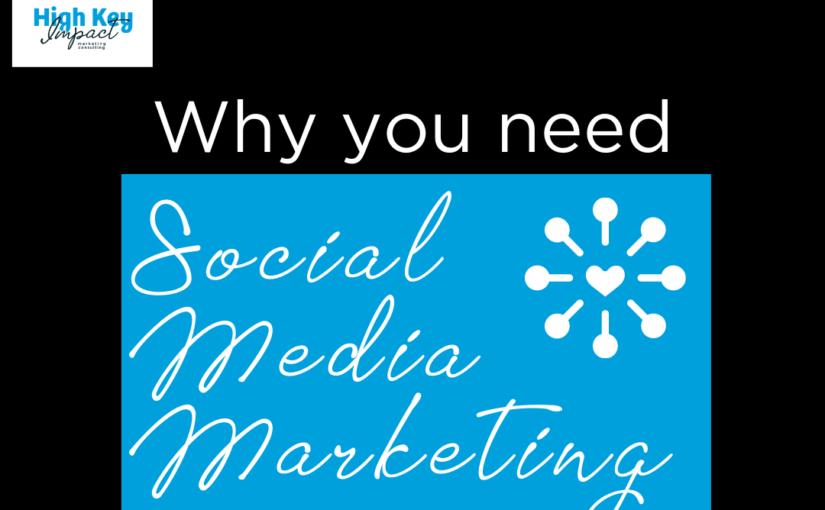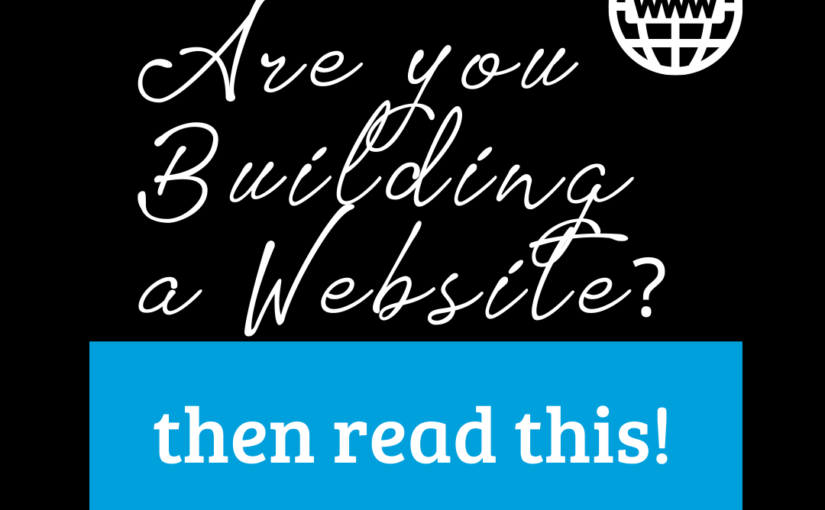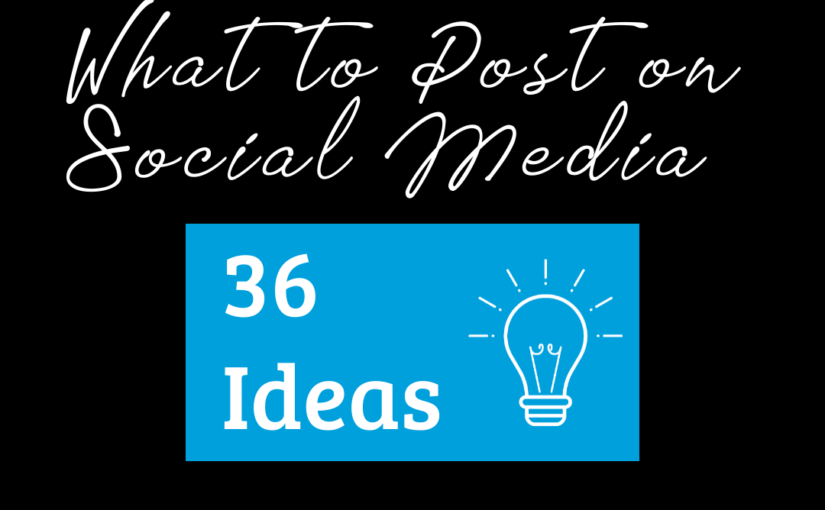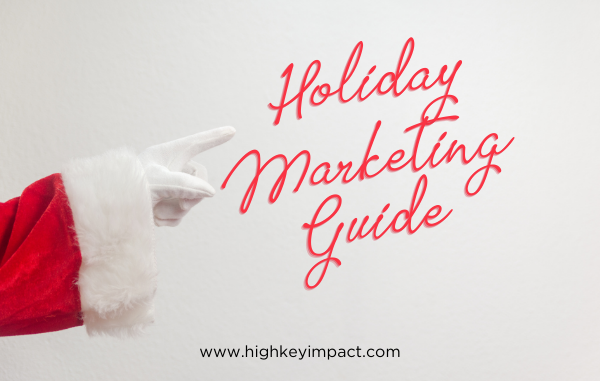What holiday promotional opportunities are awaiting B2C and B2B business owners and marketing managers?
Covid-19 has brought a change into the typical holiday season marketing. Holiday Marketing during Covid 2020 is going to be tricky. The same-old may not work for your small business. Find out what adjustments you should make with your small business plans here.
From October through January, every small business owner should be anticipating what’s to come. Obviously holiday sales are on the horizon for retailers, however, many newcomer ecommerce shops and those planning virtual events offer more avenues to spread their holiday cheer.
Read the Facebook Holiday Marketing Guide here. With insight and inspiration, find out how to get your business page more visitors for this upcoming Holiday season.
Get Started Now!
Don’t forget about email marketing when Holiday Marketing during Covid 2020. Update your email marketing list to send out digital holiday messages to customers & clients, reps and vendors/suppliers. Schedule your drip campaign messages accordingly.
This is also the time to dive into your holiday ordering and shipping processes. Anticipate volume increasing and hire more staff accordingly. Investigate your sales numbers from previous seasons to give you a sense of expectations.
Many supply chains are running low during the pandemic. They key here is to plan, plan, plan, and be ready to change course if your suppliers don’t have inventory.
Do you also need to deliver holiday baskets or gifts to loyal customers? Add this into your frenzied upcoming schedule. Schedule shipments way in advance so they arrive on time.
November 26th-Thanksgiving
The obvious turkey and ‘give thanks’ posts are very common. Shake it up a bit and add unique flair. Since Thanksgiving will not be celebrated with extended family members in the colder climates (unless they snagged some outdoor heaters), think about how to reach those nuclear families with your brand and service offerings. Ramp up to Thanksgiving and Black Friday with these email marketing suggestions from Constant Contact.
November 27th-Black Friday
Get Ready, Set and Go! This is the big day. But it’s just been given a tailspin from Coronavirus. What’s a small business owner to do besides encourage mask-wearing and social distancing?
Crazy enough, think outside of what big box retailers are doing. How about creating your own Black Friday on a different date. That way you aren’t in direct competition with the big box retailers.
See more suggestions about how to gain momentum for Black Friday shopping blitzes in this Bloomsberg article.
November 28th, 30th, and December 1st
-Small Business Saturday, Cyber Monday and #GivingTuesday
American Express created small Business Saturday to help the local retailers who were getting overlooked on Black Friday. This year, the resources for Shop Small® include a workshop on October 20th for business owners, resources for black-owned businesses, a shop small® map of participating businesses and more. Click here.
Cyber Monday is November 30th. Most consumers have adjusted over the past several months to buying almost everything and anything (raise your hand if you bought a Peloton!) online. Cyber Monday celebrates that. Perhaps stockpiling toilet paper can take a back seat while you gear up your small business to an online Ecommerce presence, ready to take on Cyber Monday. Need more ideas for Cyber Monday? Read this !
On Giving Tuesday, because of Covid-19, most donors plan to maintain or increase the amount they give to charities. This is terrific news for non-profits. But it also brings the bad news of less volunteering during the pandemic. Small businesses can join in on Giving Tuesday by highlighting all of the community support they have given to local non-profits over the past year. Consumers love businesses that give back and help others.
Thursday, December 10-Friday, December 18
Hanukkah
Try to get on “Top 10 lists of what to buy for Hanukkah” to sell your product or service. You can do this by signing up for HARO, Help a Reporter Out, and answer queries related to your product/service.
Post a menorah with lit candles to commemorate Hanukkah with your customers who celebrate. Encourage your customers to share their Hanukkah celebrations with your brand.
Create a ‘Hanukkah or Holiday Gift Guide’ for your customers. Suggest gift ideas, cross promote other businesses within the guide and read this article for more creative ideas.
December 25th Christmas
Christmas this year is unlike any other. Making the shopping experience as safe as possible for consumers with options like curbsite, contactless pickup, and less face-to-face interaction, will be the key to driving sales for small businesses.
Business2Community, in a recent article about Holiday marketing in 2020, came up with some clever ideas and adjustments because of Covid-19:
For example:
- An entrepreneur in the hospitality industry could offer an “experience in a box” for customers who can’t travel right now.
- A clothing retailer could focus more on casually chic clothing people can wear in or out of the home, rather than on high heels and festive dresses.
- A sporting goods retailer could highlight solo sports like skiing and swimming in newsletter campaigns, to encourage socially distancing folks to get out into nature.”
January 1st-New Year
For many health-related businesses, this is the perfect opportunity for potential customers to hear your message of fitness, wellness and good nutrition.
Give prospects an idea of what their new year’s resolutions may look like. For example, post the following on social media “This new year, 2020, I resolve to …..” (fill in the blank with how they may use your product or service).
The best gift you may give to your customers is holiday cheer, so no matter what you decide to do for your holiday promotional messages, thank your supporters and uplift them with your holiday spirit. This year is especially challenging to everyone, mentally and financially. Stay positive and upbeat with your messaging. Add humor to your social media posts and emails. Create new opportunities to your product/service offerings. And don’t forget to spread joy!
Do you have any more unique marketing suggestions for the 2020 holiday season? Email us at info@highkeyimpact.com.
Cheryl Friedenberg, President
High Key Impact, LLC
Digital Marketing Consulting for Small Business Owners
www.highkeyimpact.com
cheryl@highkeyimpact.com
